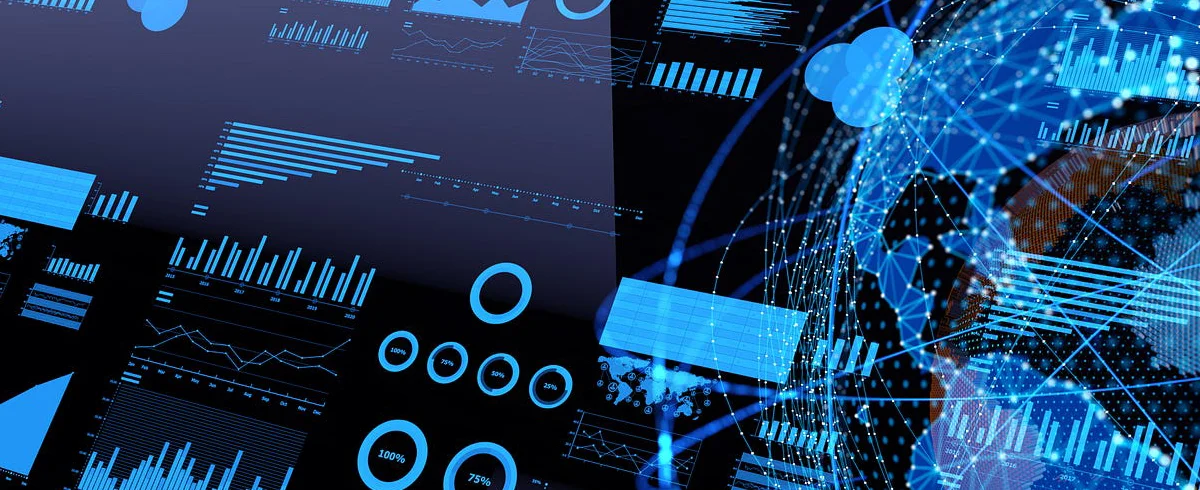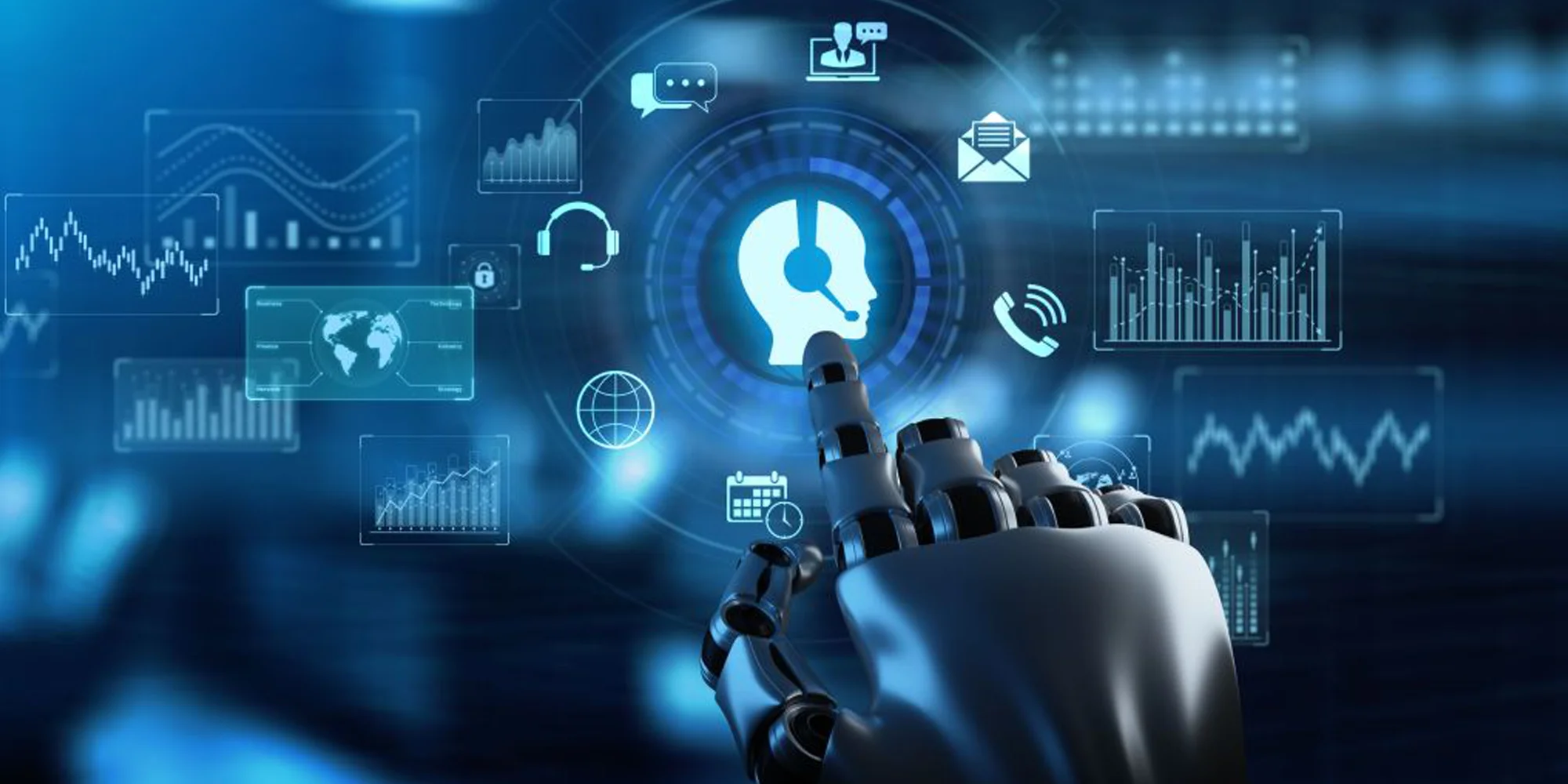
In this article
What is Big Data and What is Its Future ?
In this article
How Big (Or Huge) Big Data Is?
Before you draw any definite conclusion, you need to have the answer to “what is big data?”
In this blog, we will discuss what big data is along with its other components. We will also discuss various examples and types of Big Data along with its future and applications. Before we learn what big data is, let us first understand the definition of Data.
Data is the amounts, characters, or symbols that a computer performs operations on; these can be recorded on magnetic, optical, or mechanical recording media and saved and transferred as electrical signals.
What Is Big Data?
Oracle defines Big Data as:
“Data that contains greater variety, arriving in increasing volumes and with more velocity.”
In simple words, Big Data is larger, more complex data sets—particularly from new data sources. These data sets are voluminous which makes it difficult to process or deal with them using traditional data processing software. However, these massive volumes of data can be used to manage several business problems that were previously difficult to tackle.
The definition of Big Data can be: “Big Data is large and varied information sets expanding at an exponential rate.” It refers to the enormous and difficult-to-manage volumes of both structured and unstructured data that daily engulf enterprises. Big Data analysis can produce insights to help with decision-making and provide assurance while undertaking important business actions. Volume, Velocity, and Variety are the three Vs of Big Data. Let us learn about them in detail.

What Are the 3 Vs of Big Data?
The volume of information, velocity or speed at which it is derived or generated and gathered, and variety or breadth of the cover data points are the ‘three Vs’ of Big Data.
- Volume: The volume of data is important. So, when working with big data, you’ll need to process large amounts of low-density, unstructured data. This can be unvalued data from sources like Twitter data feeds, clickstreams from websites or mobile apps, or sensor-enabled hardware. This amount of data may reach tens of gigabytes for some organizations, while others might need several hundred petabytes.
- Velocity: It refers to how quickly data is received and (perhaps) used. Generally, the highest velocity of data streams directly into memory versus being written to disk. Some internet-enabled smart goods function in real-time or almost real-time, necessitating real-time analysis and decision-making.
- Variety: It refers to the wide range of data types that are accessible. In contrast to a relational database, traditional data kinds could be organized and easily suited. With the significant growth of big data, data now comes in new and unstructured data formats. However, semi-structured and unstructured data types, like text, audio, and video, require further processing to create meaning and enable metadata.
Originally, Big Data was associated with volume, variety, and velocity. As the analysis of big data presents challenges in sampling, it previously allowed only for observations and sampling. Therefore, a fourth concept, Veracity, refers to the quality or insightfulness of the data. Without enough investment in big data knowledge, the volume and variety of data may result in costs and dangers that (can) surpass a company’s ability to utilize and benefit from big data.
Why Is Big Data Important?
The importance of Big Data does not concern how much data you have but how you use it. By deriving data from any source and analyzing it, you can find solutions that streamline resource management, improve operational efficiencies, optimize product development, and drive new revenue and growth opportunities while allowing for smart decision-making.
By combining Big Data with high-performance analytics, you can accomplish various business-related tasks like:
- Determine root causes of failures, issues, and defects in real-time
- Identify anomalies faster and more accurately than the human eye
- Improve patient outcomes by rapidly converting medical image data into insights
- Rearrange entire risk portfolios within less time
- Enhance the ability of deep learning models to accurately classify and react to changing variables
- Detect fraudulent behavior prior to its impact on your organization
Examples of Big Data
Marketing and advertising are arguably big data’s most obvious applications. If you’ve ever seen an ad on Facebook or Instagram, you’ve seen the use of big data. Let us explore some real-world examples of Big Data.
1. Netflix and Big Data
Yes, Netflix leverages Big Data to its truest form. With millions of subscribers worldwide, Netflix collects our data which is further stored and scrutinized. Whatever you watch, the device used to watch, if a show is paused, and how quickly a user finishes watching a series. Netflix tracks and records everything. In fact, the company also takes screenshots of scenes that people watch twice. Why? To feed all this information to their algorithms.
2. Amazon and Big Data
Like Netflix, Amazon collects a considerable amount of user data and keeps a tab on its customers’ activities. The company can generate highly specialized segmented user profiles by gathering all this data from millions of consumers. They can then focus their marketing efforts using predictive analytics on customers’ surfing patterns. This is used to group similar products together to make shopping more accessible and advise what you might want to buy next.
3. McDonald’s and Big Data
Mcdonald’s uses big data to influence important areas of its offering offline using its mobile app, drive-through, and digital menus. It gathers crucial data regarding customer habits using its own app and offers personalized loyalty prizes to promote repeat business. However, they also get information from each restaurant’s drive-thru, which enables them to make sure there are enough staff on duty to meet demand. Their digital menus also give several selections based on the time of day, whether any neighboring events are happening, and even the weather.
Other examples of how Big Data is used by various industries or organizations are listed below:
- Energy industry: Big Data helps oil and gas companies spot potential drilling locations and allows them to monitor pipeline operations. In fact, utilities use it to track electrical grids.
- Finance Industry: Financial services firms use big data systems for risk management as well as for real-time analysis of market data.
- Supply Chain Industry: Manufacturers and transportation companies use Big Data to manage their supply chains and optimize delivery routes.
- Government Agencies: National and government use Big Data for emergency response, crime prevention, smart city initiatives, and much more.
- Education: Until recently, education was mostly a one-size-fits-all venture. And that is no longer the case as businesses today leverage big data. It is used by universities, colleges, and tech giants to improve the learning process.
Types of Big Data

Big Data is classified in three ways:
Structured Data
Structured data is easy to evaluate and sort as it has predefined organizational characteristics and is available in a structured or tabular schema. Each field is discrete and accessed separately or in addition to the data from other fields since it is predefined. As a result, structured data is significant because it enables the quick data collection from numerous database locations.
Unstructured Data
Unstructured data is defined as data that lacks predetermined conceptual definitions and is difficult for traditional databases or data models to interpret or analyze. The majority of huge data is made up of unstructured data, which includes facts, dates, and numbers. Examples of this kind of big data include, but are not limited to, satellite imaging, mobile activity, audio and video files, and NoSQL databases.
Semi-structured Data
Semi-structured data is a hybrid of structured and unstructured data. Here, although it inherits a few traits of structured data, it also contains information that lacks a clear structure and does not follow relational databases’ or data models’ official forms. For example, it is frequently identified in JSON and XML.
Characteristics of Big Data
Big Data is often described with 5 characteristics. These are namely:
- Volume—size, and amounts of big data that companies manage and analyze
- Value—comes from insight discovery and pattern recognition that leads to more effective operations and fosters stronger customer relationships including other clear and quantifiable business benefits
- Variety—diversity, and range of different data types, unstructured data, semi-structured data and raw data
- Velocity—the speed at which companies receive, store and manage data such as the number of social media posts or search queries received within a day or specific period in time
- Veracity—truth or accuracy of data and information assets that often determines executive-level confidence
- Variability—changing nature of data companies seek to capture, manage and analyze such as in sentiment or text analytics, changes in the meaning of keywords or phrases
Applications of Big Data
Today, Big Data defines the modernity of the 21st century. It is considered the most valuable and powerful fuel that can empower several industries as the most widespread form of technology. Some of the prominent applications of Big Data are:
- One of the industries that use big data technology the most is travel and tourism. It has made it possible for us to anticipate demand for travel-related facilities worldwide, improve business through dynamic pricing, and do much more.
- Big Data technology is extensively used in the financial and banking sectors. Big data analytics can help banks better understand consumer behavior based on information about their purchasing habits, investing motivations, and personal or financial histories.
- Big Data has already begun to significantly alter the healthcare industry. Medical professionals and healthcare workers can now offer customized healthcare services to distinct people thanks to predictive analytics.
- One of the main industries using big data is the telecommunications and multimedia business. Zettabytes of data are being produced every day, and Big Data Technologies is the only way to manage such enormous amounts of data.
- Big Data technology is also used more frequently by the government and the military. You can think about how much data the government produces for its records and how a typical fighter jet plane in the military needs to process petabytes of data while it is in flight.
Future of Big Data
We live in a digitally shrouded world where technology and its advancements have become the likes of the future. Therefore, many experts predict Big Data as a sort of new energy that will embrace the willpower of human lives and will enhance the likes of the business world. The more data a company collects and processes through it, the better the chances of completing it.
Big Data has been useful in various sectors and industries like education, healthcare, stock marketing, aviation, marketing, machine learning, and many more. This further provides an idea that Big Data helps users or the lead to get the proper amount of information in no time.
For sectors like eCommerce, there is no future without big data as we are getting habituated to artificial intelligence, social media, and other digital trends. In such cases, Big Data plays an important role where it easily helps gain information that is rich and readily available.
Although Big Data’s popularity is currently at its peak, its requirement will be further boosted in the future. From IT to finance, every industry and business is leveraging the aspects of Big Data to make their mark in their respective industry.
Tech Insights Digest
Sign up to receive our newsletter featuring the latest tech trends, in-depth articles, and exclusive insights. Stay ahead of the curve!



